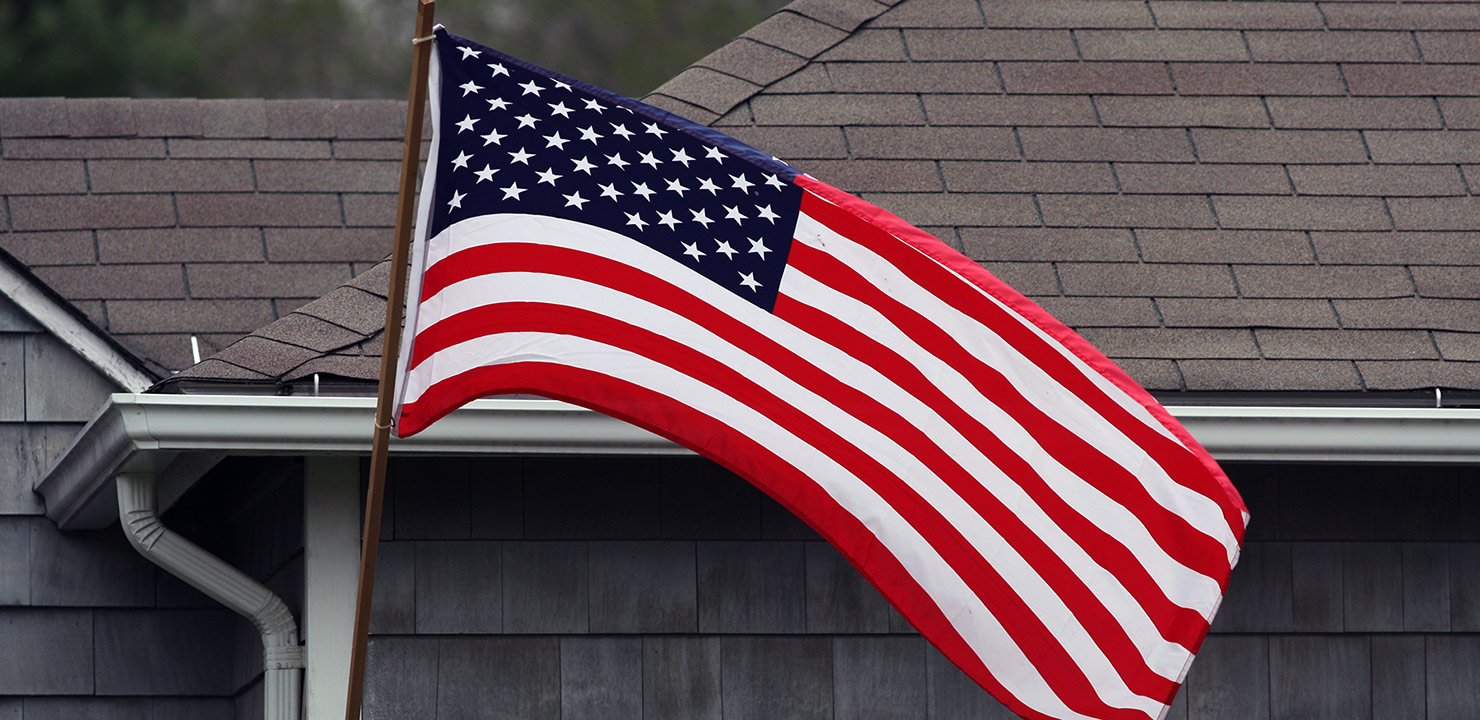
Star Spangled Banner
July 2017 :
240 years ago, the American Continental Congress approved the design of our American flag. But, even to this day it is unknown why stars were chosen to be a part of its design, although the flag was being called the “star spangled banner” decades before the name was given to our National Anthem.
One possibility of having stars a part of our flag comes from the fact that scientists such as Benjamin Franklin and Thomas Jefferson were said to refer to the new country as “a new constellation”; others attribute the concept of a blue field with stars as a tribute to David Rittenhouse, a clockmaker and astronomer from Philadelphia. In fact, it is possible that Betsy Ross, who was a Philadelphia native, might have been suggested as the original flag maker by Rittenhouse.
It appears the resolution for the first flag came from the Continental Marine Committee of the Second Continental Congress: “Resolved. That the flag of the United States be made of thirteen stripes, alternate red and white, that the union be thirteen stars.” The stars were meant to represent the original states, which had been originally British colonies, but no single star was to represent any particular state.
The second national flag to be made, in 1795, had 15 stars and stripes, to welcome the new states of Vermont and Kentucky; however, as new states began coming into the Union, the concept of a stripe for each was dropped, and only stars were added to honor the new member. As a memento of the original, though, the stripes were brought down to the original 13. It was also declared that, although the actual flag remembrance day, June 14, be designated as Flag Day, all new states would be introduced, and the new flag, with the required number of stars, would roll out on July 4th.
One of the questions that often come out is why the five-pointed stars were made to be a part of the design. Legend has it that Betsy Ross, in instructing persons in sewing the flag, realized that six-pointed stars were much harder to make quickly to keep up with the demand.



